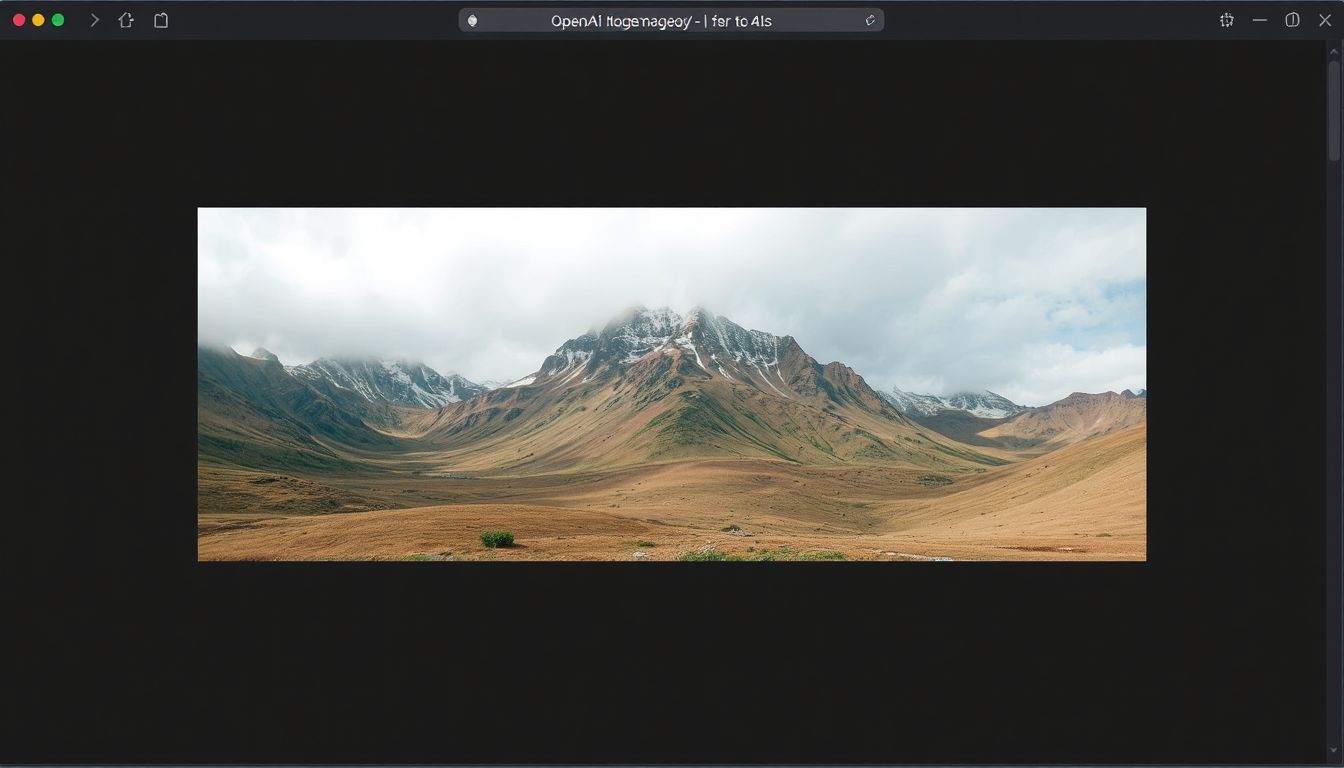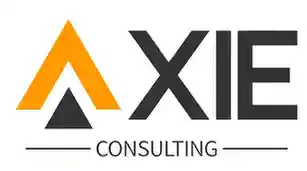
OpenAI’s GPT-4o Image Generator: A One-Day Wonder
In a move that shocked AI enthusiasts, OpenAI pulled its free GPT-4o image generation feature from ChatGPT just one day after launch. The sudden reversal left many users wondering: What went wrong? Why did such a promising tool disappear almost as quickly as it arrived?
The Rollout That Didn’t Last
OpenAI had big plans for GPT-4o’s image generation capabilities. The upgraded model promised sharper, more realistic images with better text integration—something previous AI models struggled with. Unlike older versions that generated images all at once, GPT-4o used an autoregressive approach, building visuals pixel by pixel for improved accuracy.
But within hours of release, something unexpected happened. Users didn’t just test the tool—they went wild with it. And one style dominated above all others: Studio Ghibli.
Why Did OpenAI Pull the Plug?
The answer lies in an explosion of Ghibli-inspired AI art. Social media flooded with AI-generated versions of everything—from "The Godfather" to viral memes—all reimagined in the beloved anime studio’s signature aesthetic. Even OpenAI CEO Sam Altman joined in, changing his X profile picture to a Ghibli-fied version of himself.
Too Much, Too Fast
OpenAI clearly underestimated demand. In a tweet, Altman admitted:
"Images in ChatGPT are wayyyy more popular than we expected (and we had pretty high expectations). Rollout to our free tier is unfortunately going to be delayed for a while."
But popularity wasn’t the only concern. The sudden flood of copyrighted-style artwork raised ethical and legal questions. While no laws were technically broken—art styles aren’t copyrightable—OpenAI likely wanted to avoid potential backlash.
What’s Next for AI Image Generation?
For now, only paying ChatGPT Plus, Pro, and Team users retain access to GPT-4o’s image generator. OpenAI hasn’t specified when (or if) free users will get it back. This leaves three big questions:
1. Was This a Copyright Issue?
Not exactly. You can’t copyright an art style, but you can copyright specific characters and scenes. The line gets blurry with AI, and OpenAI may be playing it safe.
2. Will OpenAI Bring It Back?
Probably—but with restrictions. Expect stricter guidelines on generating copyrighted content or a slower, more controlled rollout.
3. What Does This Mean for AI Ethics?
OpenAI’s quick retreat highlights the unresolved tension between AI creativity and intellectual property. As tools improve, these debates will only intensify.
The Bigger Picture: AI’s Growing Pains
This isn’t just about one feature. It’s a sign of how fast AI is evolving—and how unprepared companies might be for user creativity. When you give people powerful tools, they’ll push boundaries in ways developers never anticipated.
For OpenAI, the challenge now is balancing innovation with responsibility. How do you foster creativity without enabling misuse? There’s no easy answer, but one thing’s clear: The AI revolution won’t be smooth.
What Users Are Saying
Reactions online are mixed. Some are frustrated:
"Why release it if you’re not ready for the demand?"
Others understand the dilemma:
"Can’t blame them. People were generating borderline infringing stuff nonstop."
Key Takeaways
- OpenAI’s GPT-4o image generator was a hit—too much of one.
- Studio Ghibli-style images went viral, raising ethical concerns.
- Free access was removed within 24 hours; paid tiers still have it.
- This highlights ongoing challenges in AI, copyright, and scalability.
One thing’s certain: AI’s future will be full of surprises—for developers and users alike.
